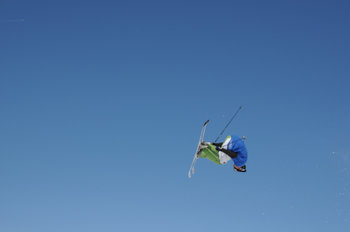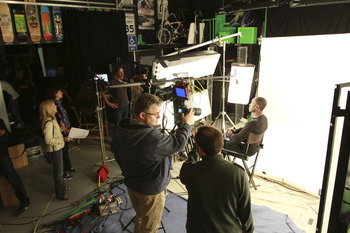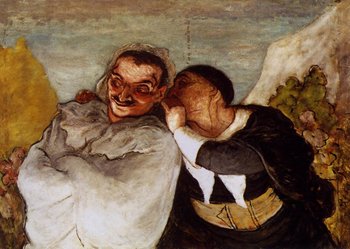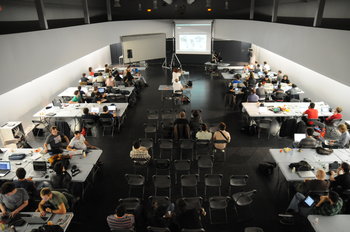
Visual
A painter can immediately see if their brush is producing something that exists in their imagination.Auditory
A driver can hear a rumble if they drift off the road on a curve.Tactile
A figure skater can feel it in their legs if a landing is hard and unstable.Haptic
The process of touch + movement, particularly associated with the hands. For example, a quarterback can tell that a pass is off because the ball slips from their grip as they throw it.Proprioception
Awareness of your physical self such as the movement or your arms or how much force you are exerting. For example, a billiards player who instantly knows that a shot was too soft.Balance
Awareness of your body relative to gravity such as a skier who knows they were a little off balance during a jump.Taste
A chef knows they put too much salt in a dish when they taste it.Smell
A chef knows a sauce is burnt from its smell.Goals
Feedback based on how close you come to a goal such as a public speaker who tells a joke but the audience doesn't laugh. This is an important concept in education as lessons are often designed to provide intrinsic feedback based on a goal. For example, students may be asked to design something to see how well it works.| Overview: Intrinsic Feedback | ||
Type | ||
Definition | Information that you obtain as the natural result of an action or process. | |
Related Concepts | ||





























